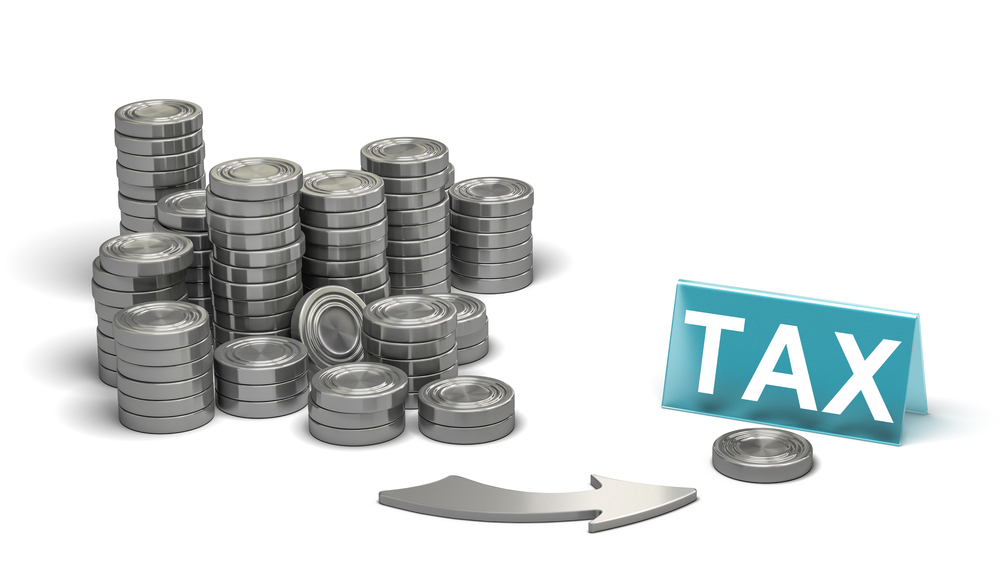
“If I’m in the 32% tax bracket, thirty-two cents of every dollar I earn goes to the government, correct?”
This is a great question and one we receive several times a week. No one enjoys paying taxes, but in this scenario, we’re fortunately able to offer some (relatively) good news.
Here’s how it works:
The federal tax system in the United States is designed to be progressive, meaning the tax rate a taxpayer pays increases as their income increases. This system is aimed at reducing income inequality and ensuring that those with higher incomes pay a larger share of their income in taxes, while still allowing people with lower incomes to keep more of their earnings.
The progressive nature of the federal tax system is accomplished through a system of tax brackets and marginal tax rates, with different rates for single taxpayers and married taxpayers filing jointly. In 2023, there are seven tax brackets, with tax rates ranging from 10% to 37%.
The marginal tax rate is the rate you pay on your last dollar of income, and is only one part of the overall picture. As your income rises, you move into higher tax brackets and pay a higher percentage of your income in taxes, but only on the income that falls within that bracket.
For example, if your marginal tax rate is 32%, a single taxpayer will pay 10% on the first $11,000 of taxable income, 12% on the next $33,725, 22% on the next $50,650, and so on.
A marginal rate of 32% would only apply to taxable income above $182,100. This means that if you have taxable income of $200,000, for example, you would not pay 32% on all of your income, but rather only on the amount between $182,100 and $200,000.
It’s important to understand that the federal income tax is only one type of tax that a taxpayer may be responsible for paying, and this only addresses taxes on ordinary income.
The taxation of capital gains and dividends is a whole other animal I’ll tackle another day.
